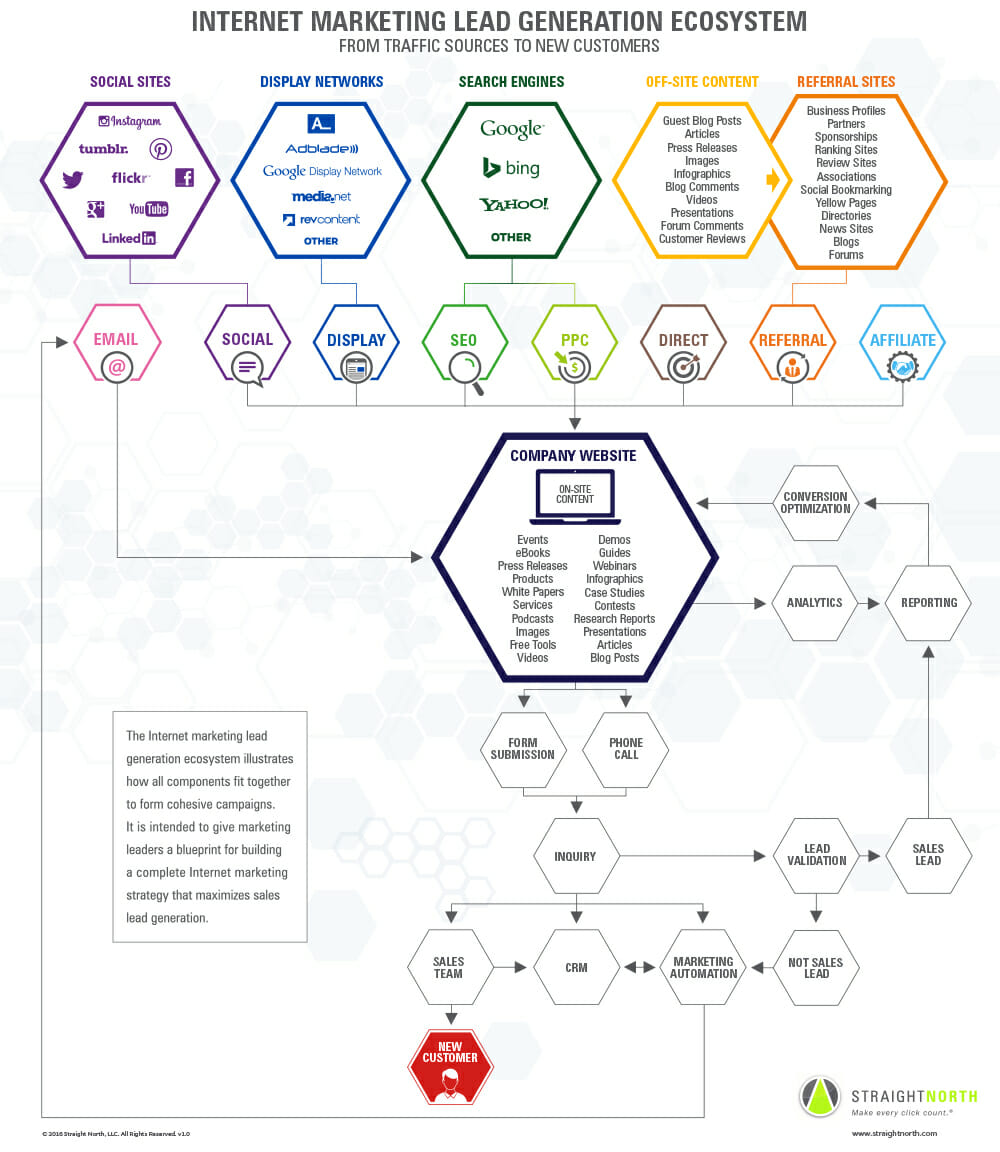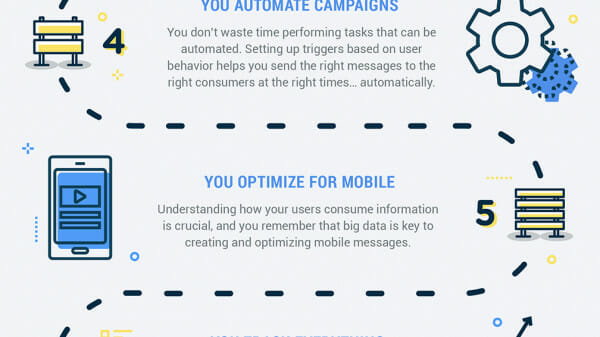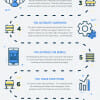You might remember hearing the term “ecosystem” from your high school biology class, but the word has relevance outside the classroom, as well. An ecosystem is the collection of living organisms in a location, all which feed into a complex interdependent network. For instance, the lions of the African savannah wouldn’t survive without the grass that grows there because, otherwise, the herbivores that feed on it wouldn’t be there for the lions to eat. Without the lions, the herbivores would overpopulate the area and eat all the grass. An ecosystem exists in a state of equilibrium where every organism in it depends on the others to survive. Without any of those individual organisms, the ecosystem can’t maintain that balance.
Internet marketers may already see similarities in their lead generation campaigns. Such campaigns are complex systems that depend on each individual component to deliver the best results. If any component is missing or misaligned with the others, the results can be disastrous. However, because there are so many elements that need to go into a lead generation campaign to make it successful, it can be difficult for online marketers to keep them all straight. People visit websites for a variety of reasons, and it’s essential that lead generation campaigns be built with as many ways to capture and convert those visitors as possible. That’s why it can be important for Internet marketers to have a blueprint to refer to when building their own lead generation ecosystem.
Infographic created by Straight North, an Internet marketing service company
Built for Success
Here at Straight North, an agency specializing in Internet marketing services,
we’ve spent a lot of time examining what makes successful lead generation campaigns work. Through that research, our professionals have identified the most essential components a lead generation campaign must have to convert as many of the different types of website visitors as possible.
For example, many visitors come to a website to research a product or service. They may not require convincing that they need that product or service, only help finding the one that’s right for them. For these visitors, content such as testimonials from past customers can be very persuasive. Other visitors might only be curious about a product or service, not yet entirely convinced that they would want it. For these visitors, a lead generation campaign can convert them with dynamic, eye-catching content such as videos and high-quality photography. Other visitors don’t even know they want that particular product or service yet, but well-crafted social media posts shared by their friends can inspire them to visit the website to start investigating.
These elements serve different purposes, but they all feed into the main objective of driving new sales leads to an online marketer. A marketer who wants to have the most effective lead generation campaign needs to be aware of these essential elements, and how they all fit together to create a successful campaign. That’s why we’ve created an infographic that can serve as a type of blueprint.
Originally, we created the flowchart below as an internal training tool to help our professionals understand and visualize how a lead generation campaign is assembled. However, in time we began to understand how important it is for Internet marketers to see this diagram for themselves. Many times, marketers know they need to have many kinds of content and elements to attract and convert visitors through their websites, but they don’t know the sheer scope of all those unique elements. Being able to visualize the lead generation process can help these marketers build a campaign that works.
Visualizing the Process
For example, starting at the top of the flowchart, a potential customer may find your website through a Google search, which is helped by your SEO and PPC efforts. On your website, this visitor may find a case study that provides him or her with a breakdown of how that product or service benefited a previous customer. That convinces the visitor to reach out to you to learn more about the product or service — via your online form submission process or by calling your business directly. From there, your sales team follows up with the visitor and you may or may not have a new customer. During the process, it’s also important to put all leads through a lead validation procedure to verify that the inquiries you’re receiving are true sales leads.
The process of generating sales leads can be as complicated as the ecosystems you find in nature, but it doesn’t need to be a laborious task. Having a blueprint in front of you as you build your campaign can be a great help — because it provides you with a clear idea of what you need and where everything should go. Whether you’re building a new lead generation campaign from the ground up or optimizing your existing campaign, this lead generation ecosystem infographic can be a good place to start.







